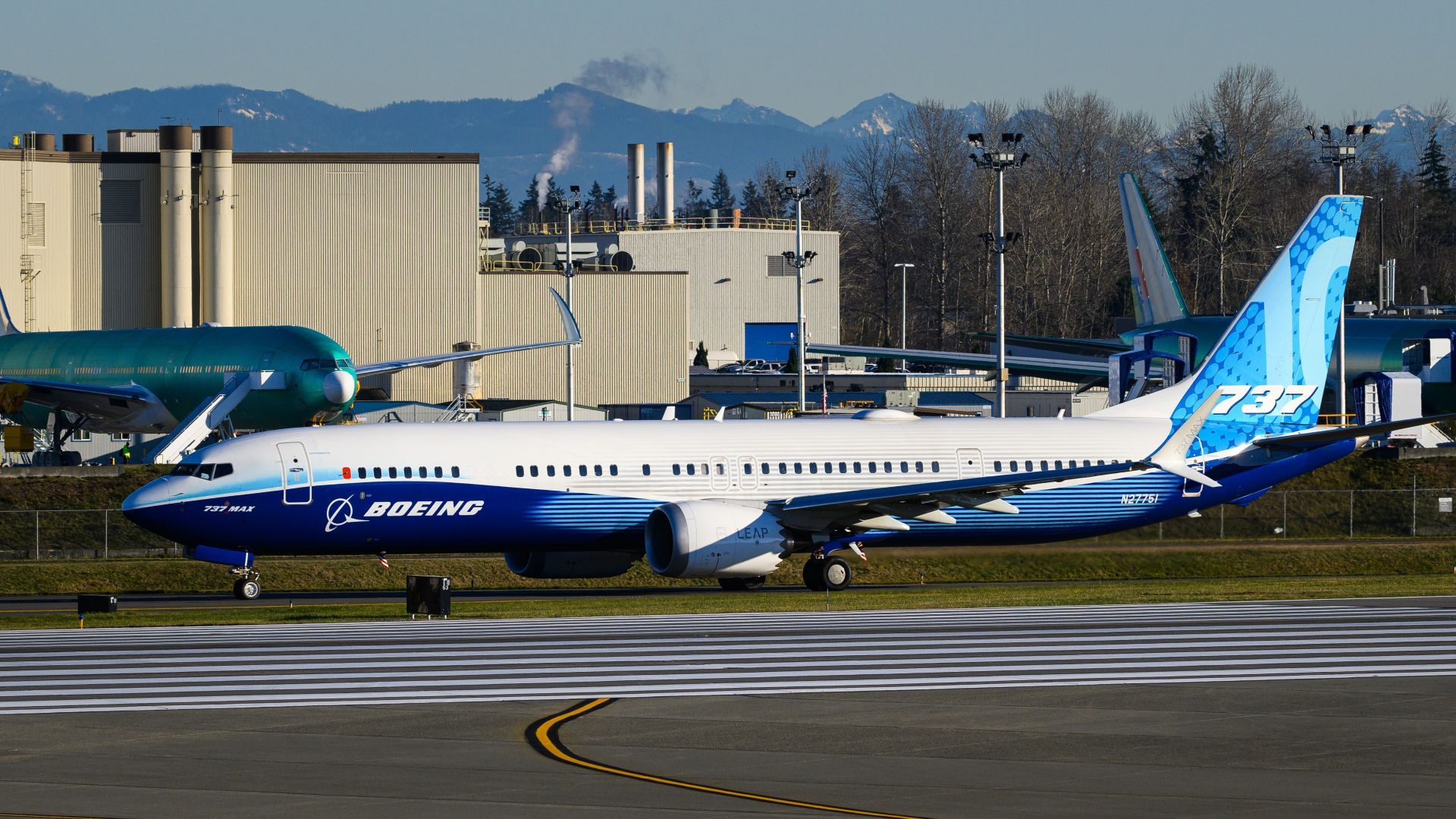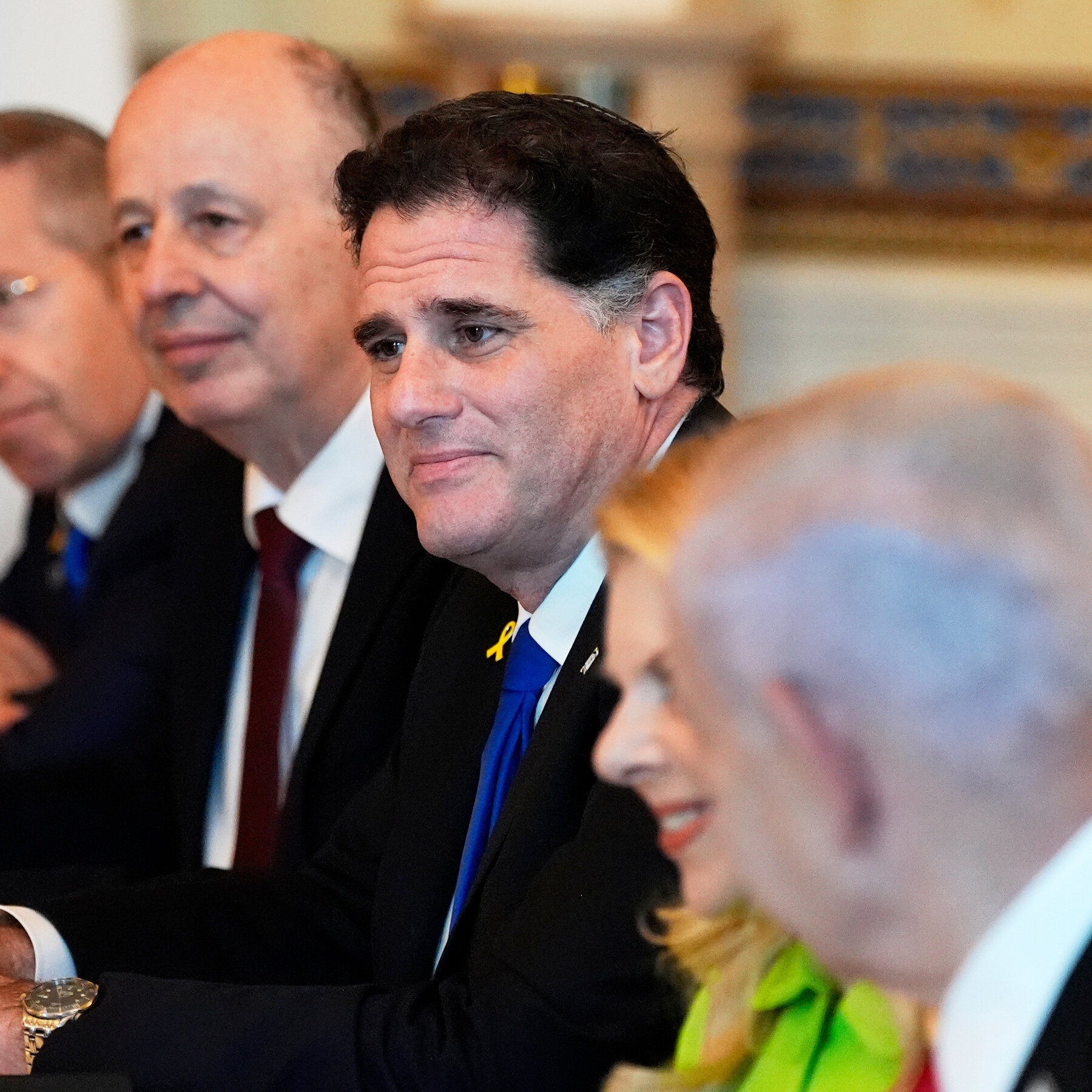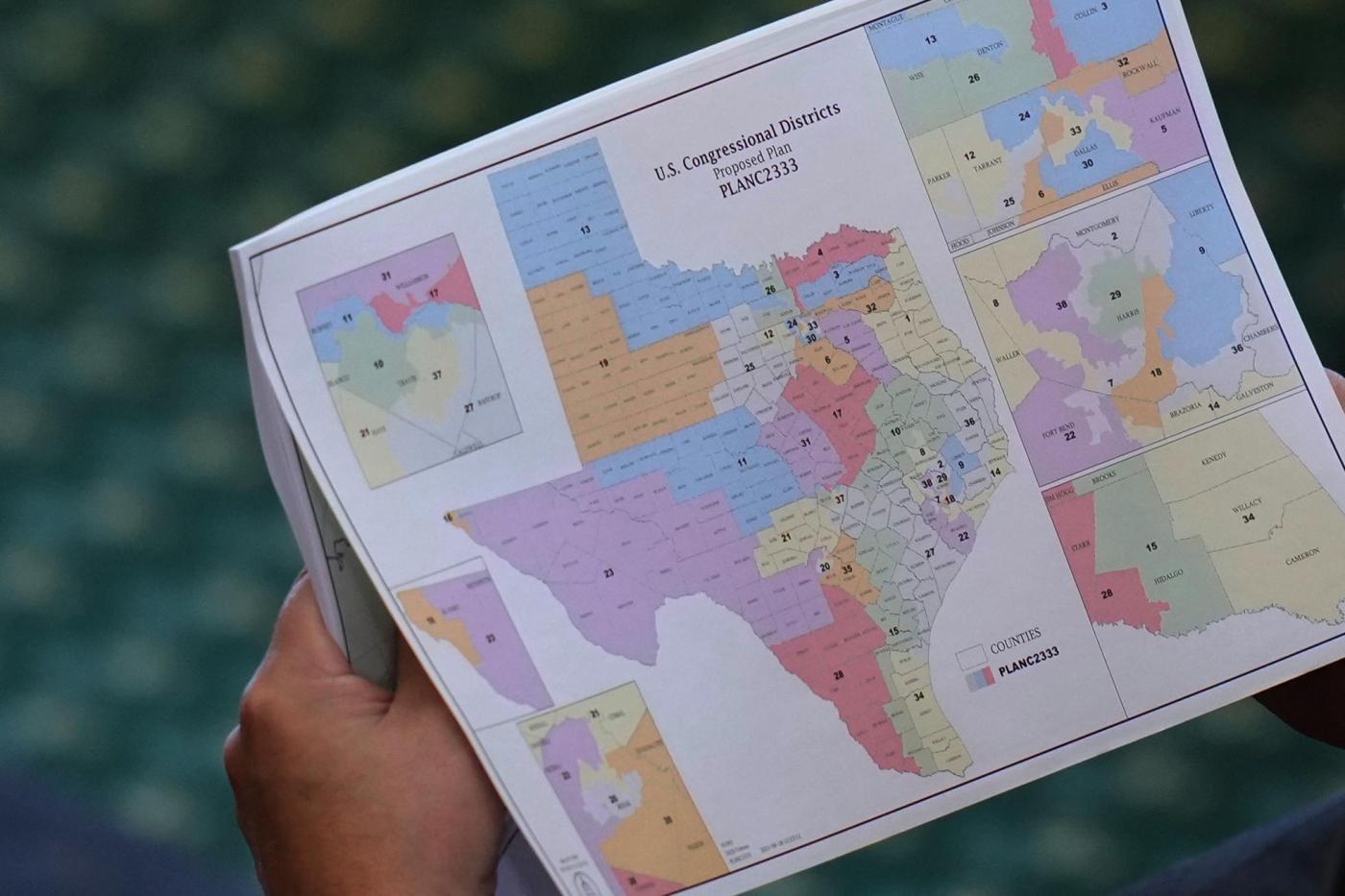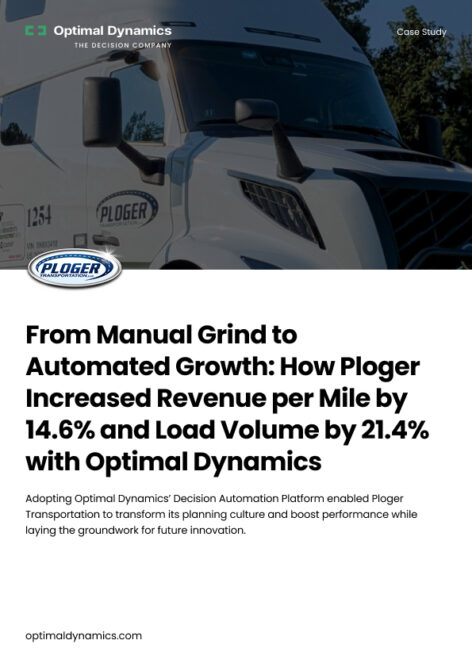Boeing has finalized the design and engineering of a new engine anti-ice system for the Boeing 737 MAX. This update, reported by Aviation Week, signifies a crucial advancement as Boeing collaborates with the Federal Aviation Administration (FAA) to establish a certification plan for the system. The anti-ice system will be included in new 737 MAX deliveries and retrofitted to existing aircraft.
This development is particularly significant for the delayed 737 MAX 7 and 737 MAX 10 variants. The implementation of the engine anti-ice system has been a primary factor in the postponement of these models, which have faced delays spanning several years. With the design now complete, Boeing aims to expedite the certification process, allowing the FAA to grant approval for these variants to enter service.
Details of the New Engine Anti-Ice System
The redesigned engine anti-ice system directs air into the inlet cowl during icing conditions, effectively preventing ice accumulation. Testing, however, indicated potential thermal damage to the composite nacelle structure under prolonged use. As Boeing is responsible for the nacelle’s design, the company has dedicated extensive resources to address this concern over the years.
During the Dubai Airshow 2025, Boeing Commercial Airplanes President and CEO Stephanie Pope emphasized the dedication involved in finalizing the design, stating, “We’ve spent thousands of hours getting that design done. Now it’s defining the certification plan, getting the FAA to accept that certification plan.” The completion of this design allows Boeing to shift focus to the certification plan, which will outline how the new system will be evaluated.
Implications for Future Deliveries and Orders
While the redesign will not directly impact the in-production 737 MAX 8 and 737 MAX 9 variants, it represents a significant step forward for the 737 MAX 7 and 737 MAX 10. Negotiations with the FAA are currently underway to formulate a detailed certification strategy. Following FDA’s review, the agency will approve the system or request modifications before granting certification.
The 737 MAX 8 has established itself as a strong performer in the MAX family. In contrast, the 737 MAX 7, primarily ordered by Southwest Airlines, holds less commercial significance for Boeing due to its lower price point and margins. The 737 MAX 10, however, stands as a critical project for Boeing, expected to improve competitiveness against the Airbus A321neo. Since its launch, the 737 MAX 10 has garnered over 1,200 orders.
Boeing anticipates that the 737 MAX 10 will enter service in 2027, potentially with WestJet. The successful certification of this variant is expected to enhance Boeing’s market position in the narrowbody aircraft sector. Currently, Boeing’s production capacity allows for up to 42 737 MAX jets per month, positioning the company to meet anticipated demand.
In summary, the finalization of the redesigned anti-ice system is a pivotal moment for Boeing as it navigates regulatory processes and works towards delivering the delayed 737 MAX 7 and MAX 10 variants. This step not only fulfills existing contracts but also aims to bolster Boeing’s competitive edge in a challenging market landscape.







